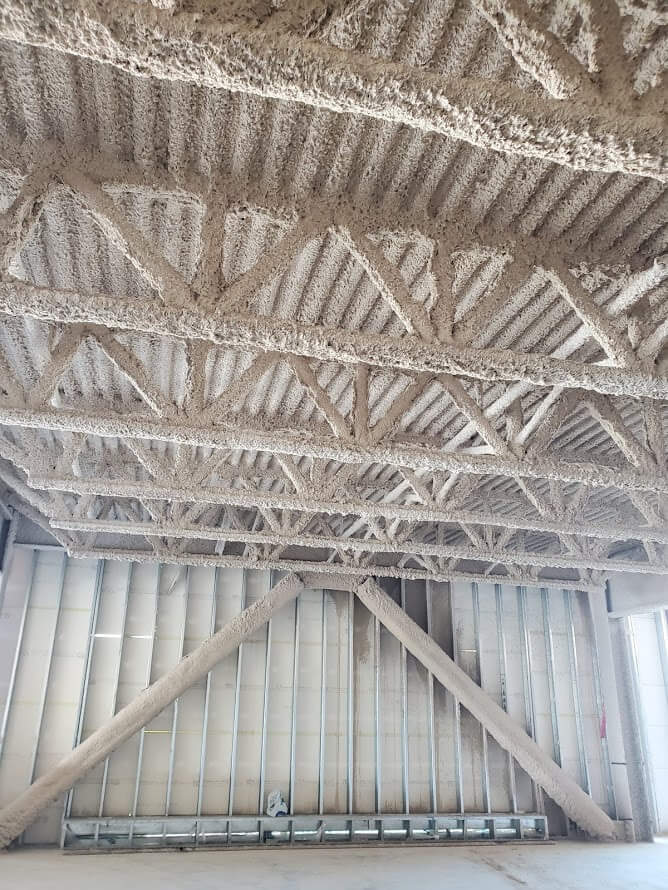Unveiling the Lightest Material for Insulation: Exploring Cutting-Edge Solutions
2 min read
In the realm of insulation, the pursuit of lightweight materials that offer exceptional thermal efficiency has been an ongoing quest. As energy conservation and sustainability become increasingly important, finding the lightest material for insulation has become a priority. In this article, we delve into the world of advanced materials and unveil the most innovative and lightweight solutions that push the boundaries of insulation technology.
- Aerogels: The Ultralight Marvels
Aerogels, often referred to as frozen smoke, are the epitome of lightweight insulation materials. Composed of a gel with the liquid component replaced by gas, aerogels possess an incredibly low density while maintaining impressive thermal insulation properties. Silica aerogels, in particular, have gained prominence due to their exceptional thermal conductivity and ultralightweight nature. These materials have found applications in various industries, including aerospace, construction, and electronics. - Graphene: The Revolutionary Wonder
Graphene, a single layer of carbon atoms arranged in a hexagonal lattice, has revolutionized numerous fields, and insulation is no exception. With its remarkable strength, flexibility, and thermal conductivity properties, graphene-based materials have emerged as potential candidates for lightweight insulation. By incorporating graphene into composites or foams, researchers have achieved materials with excellent thermal insulation capabilities and reduced weight. The ongoing advancements in graphene research hold great promise for future insulation applications. - Vacuum Insulation Panels: The Space-Age Solution
Vacuum insulation panels (VIPs) represent a cutting-edge solution that combines lightweight design with exceptional thermal performance. These panels consist of a core material enclosed within a gas-tight envelope, creating a vacuum environment that minimizes heat transfer. VIPs offer significantly higher thermal resistance compared to traditional insulation materials, enabling thinner and lighter insulation solutions. Their adoption in industries such as refrigeration, construction, and transportation is steadily increasing. - Nanocellular Polymers: The Cellular Revolution
Nanocellular polymers, engineered materials with a cellular structure at the nanoscale, have emerged as a promising avenue for lightweight insulation. By manipulating the cell size and structure, researchers have achieved materials with low thermal conductivity and reduced density. These nanocellular polymers exhibit exceptional mechanical properties, making them suitable for various applications. As research progresses, nanocellular polymers hold the potential to revolutionize insulation materials, offering both lightweight and high-performance attributes.
Conclusion:
The quest for the lightest material for insulation has led to remarkable advancements in the field of materials science. From aerogels and graphene to vacuum insulation panels and nanocellular polymers, researchers are pushing the boundaries of what is possible. These cutting-edge solutions not only offer exceptional thermal insulation properties but also contribute to energy efficiency and sustainability efforts across industries. As technology continues to evolve, we can expect further breakthroughs in lightweight insulation materials, paving the way for a greener and more energy-efficient future.
